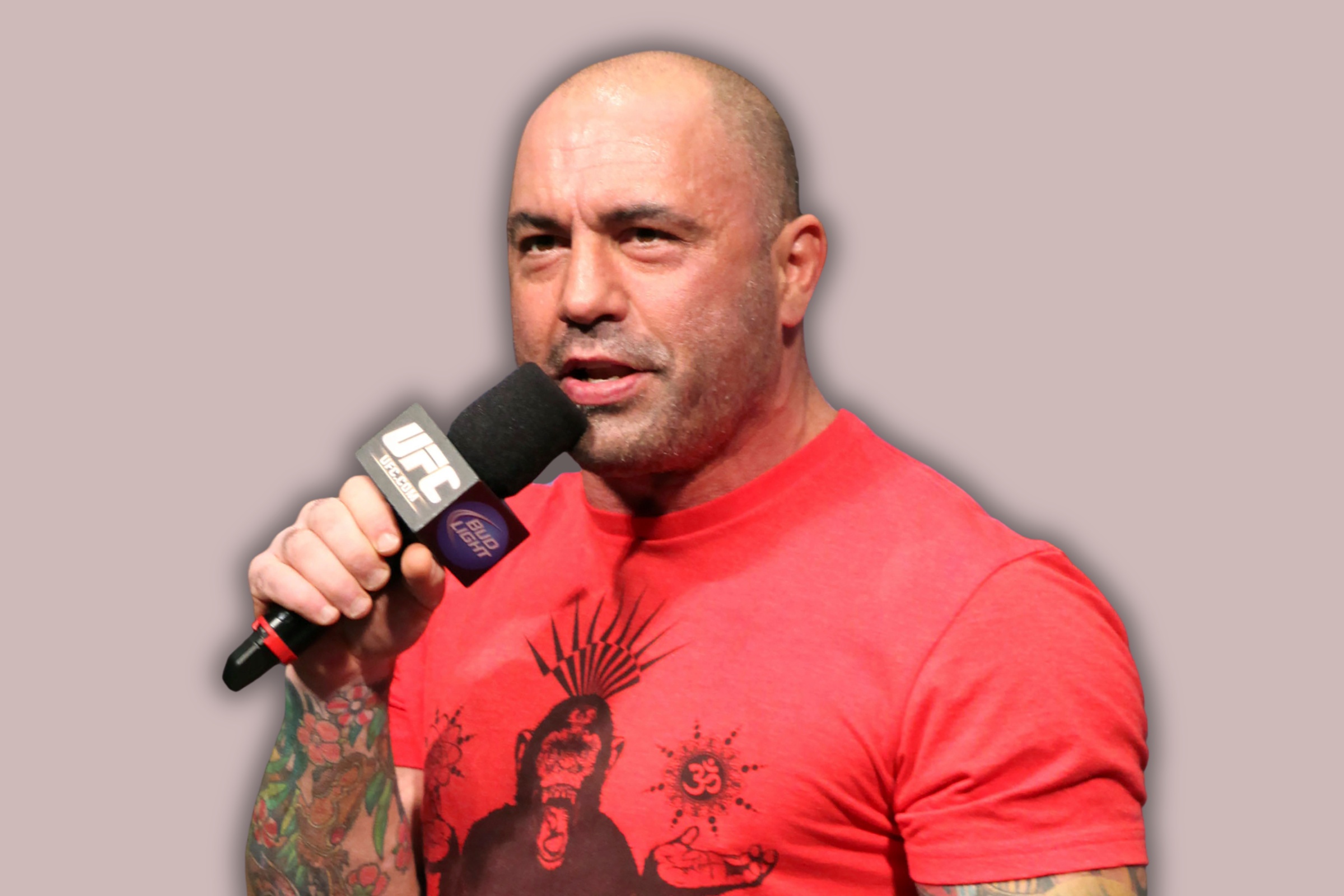Fitness
Even with fast-changing medical advances, ‘sensible fitness strategies’ stand test of time

Sandwiched among the family, the friends, the events, the gifts, and the meals (oh, so many meals!), I like to find a moment or two for reflection at this time of year. To frame things, I dug up my very first health and fitness column for The Oklahoman, which appeared in early 2007.
My column partner at the time — and for many years after — was Dr. Steve Prescott, who served as president of the Oklahoma Medical Research Foundation until his death in 2021.
Looking back on our inaugural exchange in print, I now identify more with Dr. Prescott than the cocky, young(ish) runner I was at the time. Indeed, at 56, I am nearly the same age as Dr. P was when he poked fun at my rather extreme training regimen.
Instead, Dr. P urged readers “to find sensible fitness strategies,” which he defined as three to five 30-minute sessions a week. “Adopt a regimen that’s consistent with your current fitness level,” he wrote, “and, just as importantly, not so arduous that you won’t keep it up.”
In the years since, much has changed in the world of health and medicine. We’ve survived a pandemic. Drugs like Wegovy and Zepbound have transformed how we think about weight loss, challenging the long-held belief that there could be no “magic bullet” for shedding unwanted pounds.
With gene-editing advances, we can now alter DNA in test tubes almost like changing out a light bulb. Increasingly, we’re learning to do the same thing in humans, leading to revolutionary new treatments for cancer, sickle cell disease, and a host of other conditions.
Affordable wearable technology now allows us to track and measure pretty much everything we do, from exercise to sleep to how often we breathe. And we’ve seen plenty of dietary developments: the emergence of meat and milk alternatives; an almost uncountable number of new food and drink products and supplements aimed at optimizing the body’s performance; and, increasingly, the recognition of the potential perils that “ultra-processed” foods pose.
Against this backdrop, though, at least one thing remains constant: The simple blueprint for sensible fitness that Dr. P laid out nearly 18 years ago.
Increasingly, though, we see a yearning for high-quality, nuanced research on exercise and food, and I expect 2025 and the years that follow will deliver that. Similarly, our aging population — which includes me and all of us — is seeking ways to lengthen our healthspan, those years when we remain free of disease and disability.
At OMRF this coming year, Drs. Benjamin Miller and Sue Bodine will be leading a research study that will look at how different aging bodies respond to different exercise regimens. What they find, I hope, will help guide all of us as we think about how best to preserve strength and function as we grow older.
Unfortunately, that information will come too late for one important person in my life: my father, Mike Cohen, who died this past summer at the age of 94. Still, Dad did a pretty good job for many years of finding his own cheat code. An avid rock climber, he continued challenging the Earth’s gravitational pull at his favorite local climbing rock — and, when that failed him, climbing gym — well into his 80s.
With the help of my knowledgeable and patient OMRF collaborators Drs. Judith James and Hal Scofied (and with an occasional assist on questions about four-legged patients from Dr. Jennie Criley), we’ll do our best in 2025 to continue answering your health questions. Please don’t be shy about sending them. (If you don’t, I can always mine my family for material, but they’re pretty tired of it.)
Here’s wishing you and yours a happy and healthy 2025!
Adam Cohen is a runner and senior vice president and general counsel at the Oklahoma Medical Research Foundation. He can be reached at contact@omrf.org.









